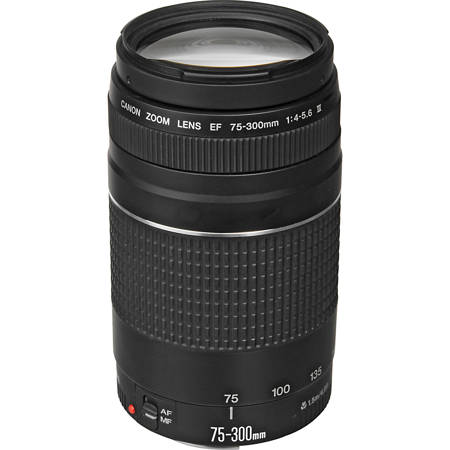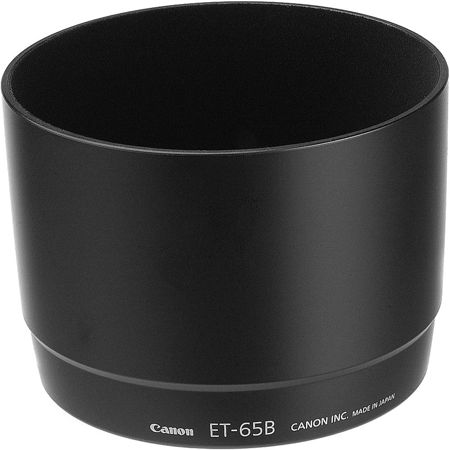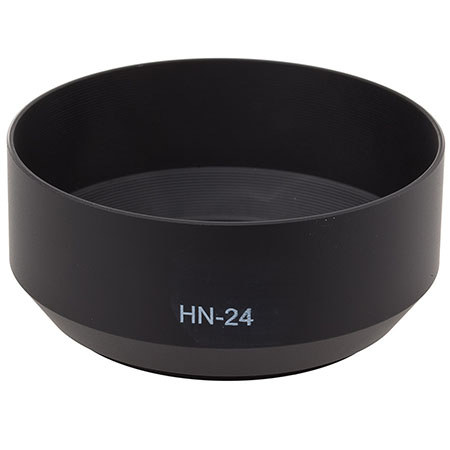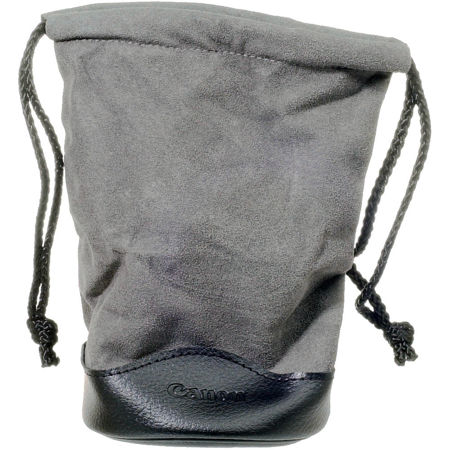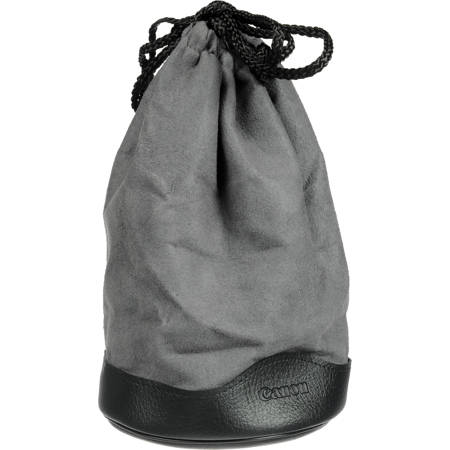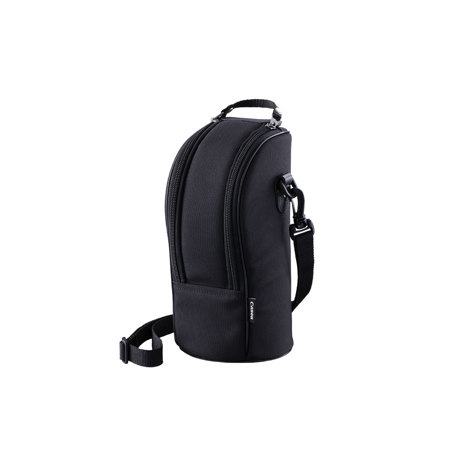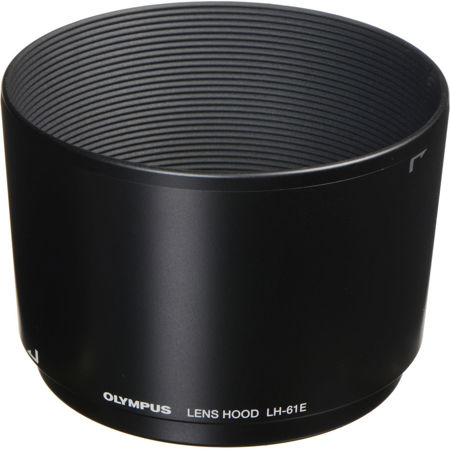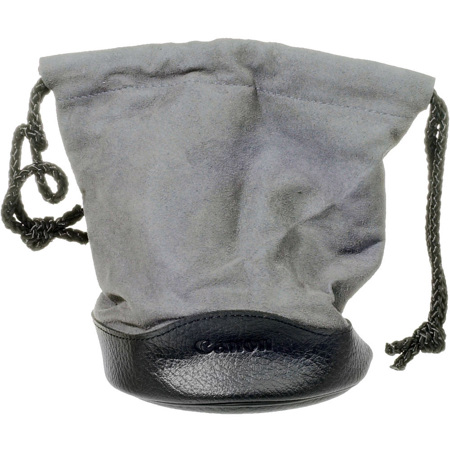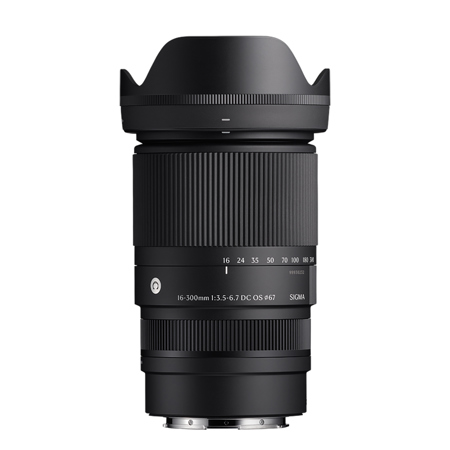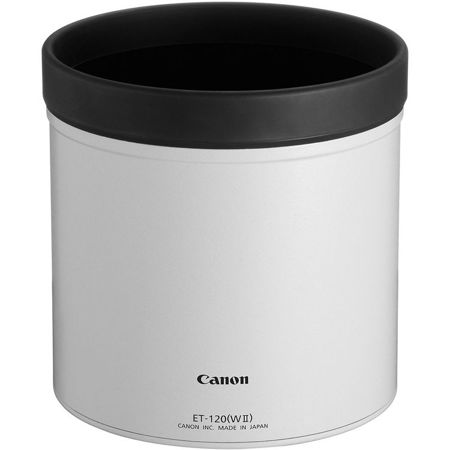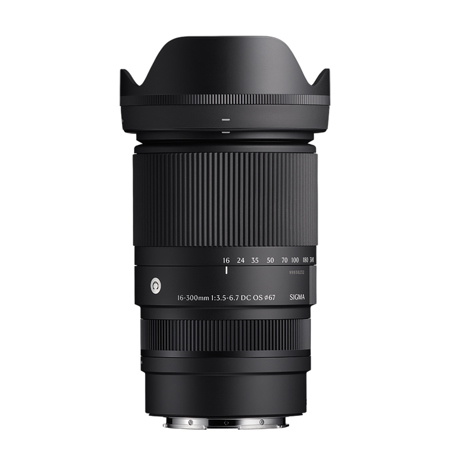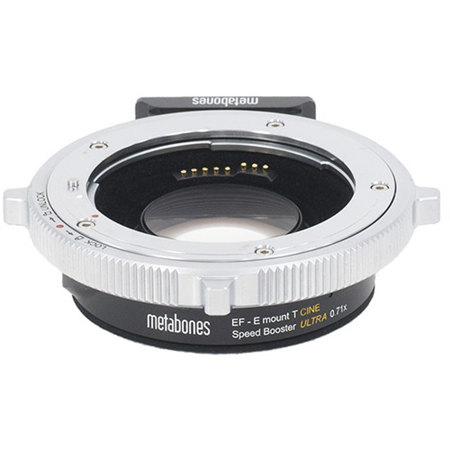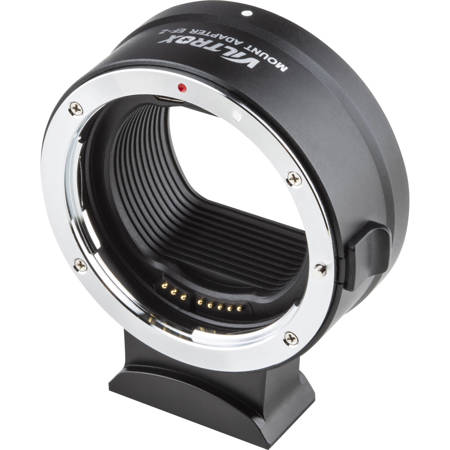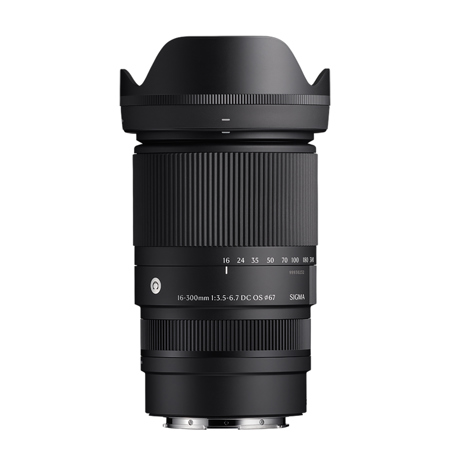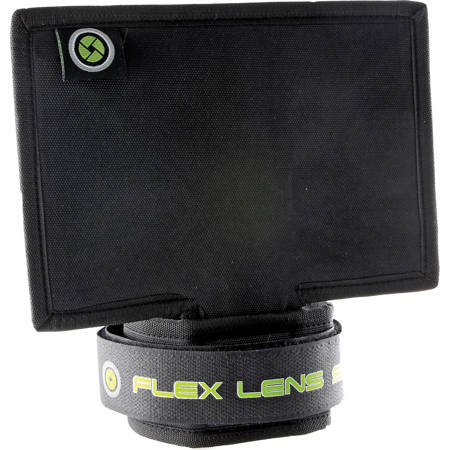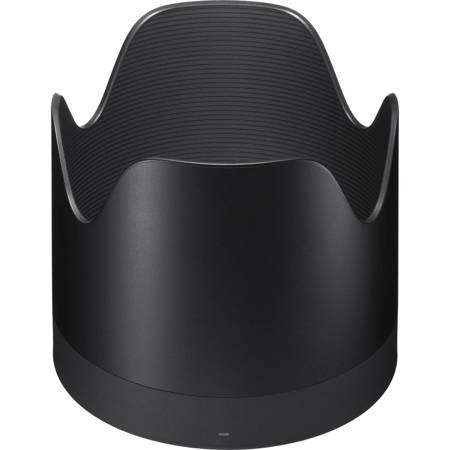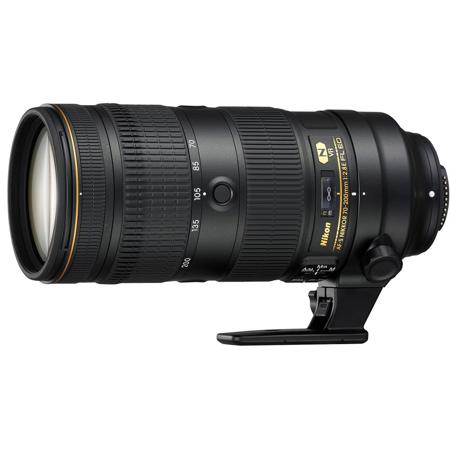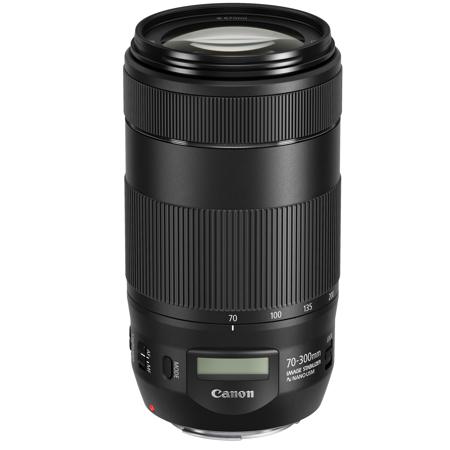EF 75 300mm Lenses
Telephoto zoom lenses in the 75-300mm range are a versatile and accessible option for photographers looking to expand their creative reach, whether capturing dynamic sports scenes, distant wildlife, or intimate portraits with beautifully compressed backgrounds. The 75-300mm focal length is particularly popular among enthusiasts and hobbyists who want to explore telephoto photography without the bulk or expense of professional-grade glass. Compact and lightweight, these lenses are easy to slip into a camera bag for travel or outdoor excursions, making them a favorite for those who want to keep their gear manageable while still having the flexibility to zoom in on faraway subjects. With a variable aperture, typically ranging from f/4 at the wide end to f/5.6 at 300mm, these lenses offer a balance between portability and reach, though users should be mindful that low-light performance may be more limited compared to faster, fixed-aperture options. The inclusion of features like a DC micro motor for autofocus and specialized coatings to reduce flare and ghosting ensures that even entry-level telephoto lenses deliver reliable performance and pleasing image quality in a variety of shooting conditions.
For those considering a 75-300mm lens, the autumn and early winter months are an especially rewarding time to explore the capabilities of a telephoto zoom. As November brings crisp air and golden light, these lenses excel at capturing the subtle details of migrating birds, the energy of local sporting events, or candid moments at family gatherings from a comfortable distance. The gentle background blur created by a rounded seven-blade diaphragm adds a professional touch to portraits, isolating subjects against the soft colors of fall foliage or festive winter scenes. While the autofocus system is generally accurate for still or slow-moving subjects, it may be less responsive when tracking rapid action, such as athletes in motion or skittish wildlife. For photographers using APS-C sensor cameras, the effective focal length extends even further—up to approximately 480mm—making it possible to frame distant subjects tightly without the need for cropping. This extended reach is ideal for those who enjoy documenting nature walks, outdoor events, or travel adventures where opportunities can arise unexpectedly and from afar.
A 75-300mm lens also makes a thoughtful and practical gift for aspiring photographers, students, or anyone looking to broaden their creative horizons. Its approachable price point and ease of use make it a popular choice for those new to telephoto photography, while its versatility ensures it remains a valuable tool as skills develop. Whether comparing options for Canon or seeking a 75 300mm lens Nikon users might appreciate, it’s important to weigh the trade-offs between portability, image sharpness—especially at the longer end of the zoom—and autofocus speed. For those seeking even faster performance or superior low-light capabilities, exploring alternatives like the 70 200mm F 2.8 Lenses can provide additional options tailored to more demanding scenarios. Ultimately, a 75-300mm telephoto zoom empowers photographers to capture moments that would otherwise be out of reach, making it an enduring favorite for everything from backyard birdwatching to capturing the thrill of a championship game or the quiet beauty of a winter landscape.
For those considering a 75-300mm lens, the autumn and early winter months are an especially rewarding time to explore the capabilities of a telephoto zoom. As November brings crisp air and golden light, these lenses excel at capturing the subtle details of migrating birds, the energy of local sporting events, or candid moments at family gatherings from a comfortable distance. The gentle background blur created by a rounded seven-blade diaphragm adds a professional touch to portraits, isolating subjects against the soft colors of fall foliage or festive winter scenes. While the autofocus system is generally accurate for still or slow-moving subjects, it may be less responsive when tracking rapid action, such as athletes in motion or skittish wildlife. For photographers using APS-C sensor cameras, the effective focal length extends even further—up to approximately 480mm—making it possible to frame distant subjects tightly without the need for cropping. This extended reach is ideal for those who enjoy documenting nature walks, outdoor events, or travel adventures where opportunities can arise unexpectedly and from afar.
A 75-300mm lens also makes a thoughtful and practical gift for aspiring photographers, students, or anyone looking to broaden their creative horizons. Its approachable price point and ease of use make it a popular choice for those new to telephoto photography, while its versatility ensures it remains a valuable tool as skills develop. Whether comparing options for Canon or seeking a 75 300mm lens Nikon users might appreciate, it’s important to weigh the trade-offs between portability, image sharpness—especially at the longer end of the zoom—and autofocus speed. For those seeking even faster performance or superior low-light capabilities, exploring alternatives like the 70 200mm F 2.8 Lenses can provide additional options tailored to more demanding scenarios. Ultimately, a 75-300mm telephoto zoom empowers photographers to capture moments that would otherwise be out of reach, making it an enduring favorite for everything from backyard birdwatching to capturing the thrill of a championship game or the quiet beauty of a winter landscape.
